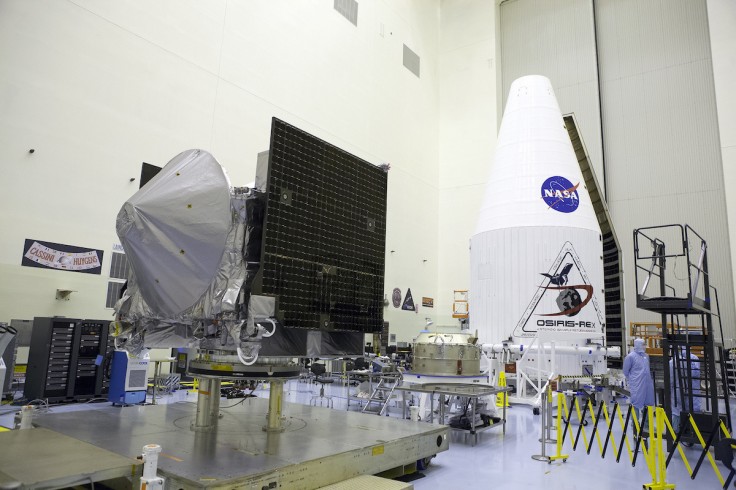NASA is preparing for a momentous event in the history of astronomy.
The space agency is preparing its teams to receive its OSIRIS-REx spacecraft, which is returning to Earth carrying asteroid samples for experts to study.
NASA launched its OSIRIS-REx spacecraft from the Kennedy Space Center in Florida on Sept. 8, 2016, per Space.com.

Preparing To Study Asteroids
Officials with the Origins, Spectral Interpretation, Resource Identification, and Security-Regolith Explorer (OSIRIS-REx) mission revealed on a Sept. 22 briefing that everything was looking good for the reentry and landing of the spacecraft's sample return capsule, per Space News.
The capsule, which the officials expect to land in the Utah Desert on the morning of Sept. 24, wouldn't require any additional maneuver opportunities. Its trajectory and performance have been spot on, per a statement from Sandra Freund, OSIRIS-REx program manager at Lockheed Martin.
Freund's statement follows the spacecraft's Spet. 17 maneuver that changed its speed by three millimeters per second, shifting its predicted landing location within an ellipse in the Utah Test and Training Range southwest of Salt Lake City. Despite this maneuver, however, Freund admits that NASA and mission officials have to go through some more steps before the spacecraft's sample capsule lands on the ground, per Ars Technica.
One of these steps is a final go/no-go decision to separate the capsule from the main spacecraft, which will take place early on Sept. 24. Freund explained that this step is intended to confirm that the OSIRIS-REx spacecraft was in good condition and on course.
Freund expects that the meeting on Sunday will end with a "go" decision. As of press time, NASA's teams are preparing for a variety of technical and fiscal contingencies to ready themselves for anything the sample capsule's return brings them.
These contingencies are not without a good reason. Although mission officials are confident that the sample capsule's landing and recovery will go as planned, it is preparing for probable negative "what-if" scenarios, including those that might expose the samples inside the capsule.
"OSIRIS-REx has been so successful because we continue to pay attention to the details, thinking through all possible contingencies," said Dante Lauretta, principal investigator for the mission at the University of Arizona.
What Is The OSIRIS-REx Mission?
The OSIRIS-REx mission is the first US mission to collect a sample from an asteroid, per NASA's OSIRIS-Rex webpage. The spacecraft that bears the mission's name will collect samples from the asteroid Bennu in 2020 and return to Earth on the morning of Sept. 24.
When it arrives, the spacecraft will release its sample capsule for collection in the Utah Desert. Once collected and processed, scientists can study the asteroid samples and gain an understanding of the time when the Sun and planets were forming about 4.5 billion years ago.
The mission was proposed to NASA by Michael Drake - the mission's original lead scientist who died months after NASA gave its support to his concept in 2011 - in 2008. It aims to answer the question "What is life? How did it originate? And why was it on Earth that it occurred?" according to Dante Lauretta, who took over as the mission's lead scientist after Drake's death.
Related Article : NASA's Curiosity Rover Finally Reaches Mars' Gediz Vallis Ridge









